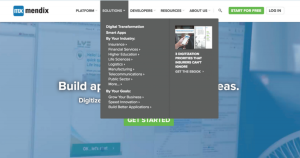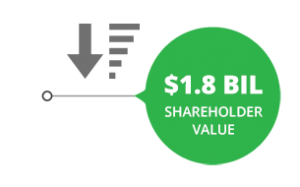Any brand still thinking they’re in the driver’s seat when it comes to controlling customer behavior is completely delusional. Unfortunately, advancements in technology and your competition mean the customer now has the upper hand.
For those of us that have been living and breathing in the world of e-commerce optimization over the past decade, we’d agree that we have been mostly focused on driving visitors to convert as quickly as possible. In many cases, we try to create the real-world equivalent of throwing the customer into the shopping cart and pushing them around the store and through the checkout line as quickly as possible. Nothing to see here, please move along.
But if 58% of purchases don’t happen until at least an hour after the customer first comes to your site, are we missing the bigger picture?
As we reported in the recent Ecommerce Quarterly, only 42% of purchases happen within the first hour of a shopper’s browsing session. And here’s what happens after that:
- Hours 1–7. An additional 9% of all purchases happen in the six hours immediately following those first 60 minutes
- Hours 19–25. 16% of all purchases happen roughly one day after a shopper first visited a site.
- Hours 42–48. 5% of all purchases happen nearly two days after a shopper first visited a site

So, a customer might be in your online store, carefully researching and evaluating the assortment of products. Instead of helping them find the best option, our tendency is to push them to convert. There is a big difference between a customer with a full cart in the checkout line, credit card in hand—and one that just added an item into their cart.
Today’s customer demands a higher level of sophistication.
Living in the moment means understanding the journey the customer is on and instead of pushing them along, helping them along the way. We need to become more sophisticated and understand the nuances of the journey. We tend to assume the goal is always to buy. Often it just isn’t. If we can help a non-buyer just as much as a buyer, we’ll be much more likely to succeed.
What I’m not suggesting is you stop all the tried-and-true tactics like driving urgency or reminding a customer of an abandoned cart. For many people, that’s the right message in the moment.
I’m just wondering: How can we aid the person that needs more help or more time to make the right decision? Think about the difference in the journey for someone highly loyal to your brand (and knows exactly what they want), versus someone completely unfamiliar with your brand and trying to find the right product. This might seem like an abstract oversimplification, but looking at the data above it’s clear the one-hour journey probably looks a lot different than the two-day one.
As Scott Plumb, a senior business development manager at Monetate partner Blue Acorn puts it:
“Most retailers know that creating better customer experiences through personalization is the key to generating revenue, but few know how to do it effectively. That’s because it’s not easy. Your customers and first-time visitors aren’t taking a linear, easy-to-follow path to purchase. Instead, they’re using multiple devices for various purposes, from conducting research to consideration to purchase and more. Merging shoppers’ IDs into a single profile will give you insight into their path, no matter how much it zig-zags, so that you can deliver personalized, relevant messages.”
So what do we do about it?
Start by taking a hard look at how you think about your customer journeys. What does your non-buyer journey look like? What can you do to make that experience better? What are the key measures of success, other than conversion? Maybe the way to drive more conversion is to actually stop focusing on it and taking a much more holistic approach. Drive value for your customer in every moment and you’ll be amazed by the impact.
Digital & Social Articles on Business 2 Community(11)






